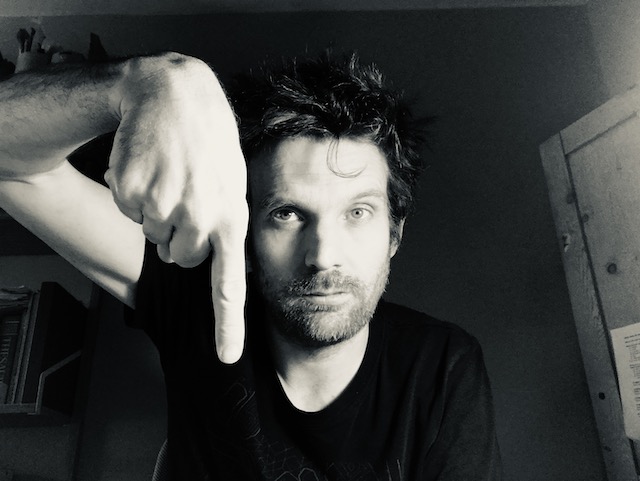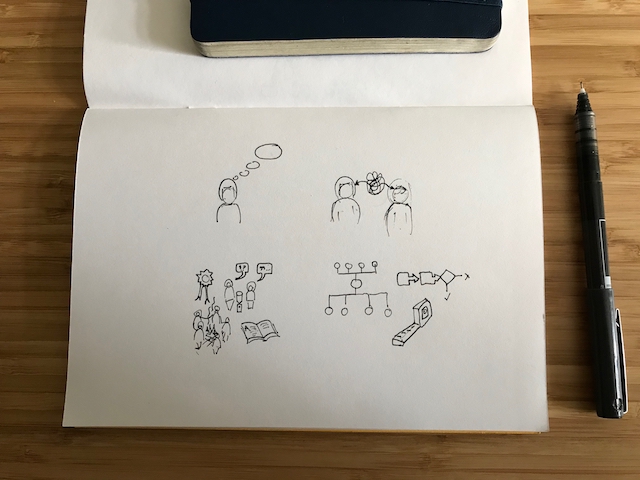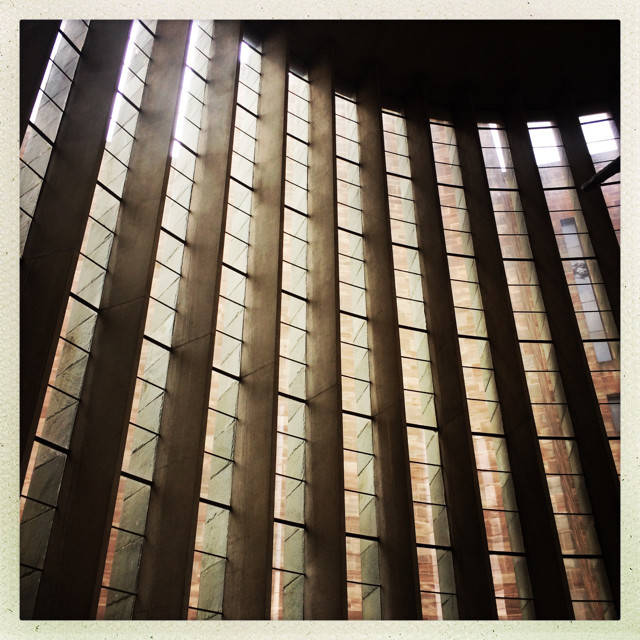Tag: feedback
Hundreds of years ago, the inhabitants of the Île de Ré, just off France’s Atlantic coast, developed an ingenious way to catch fish. At low tide, they built…
It’s a funny question. How much does my website weigh? Is it heavy? It is light? I have no way of knowing. But I like the question, because…
Last year I read about foundational capital in Lean Logic. It’s the idea of the capital that systems depend upon to live. For us Earthlings it’s clean air…
Good news. There is an incredible system that can save humanity and will enable us to thrive on planet Earth. Here’s how it works. It is the system…
Restorative and regenerative are two words I am hearing used interchangeably. Both are relevant to engineering and design. Both are approaches to design that are valuable. But they…
In today’s planning session for the Regenerative Design Lab with my co-facilitator Ellie Osborne, we asked what if we made the lab itself a regenerative system? Based on…
I underlined these words in Meadows’s Thinking in Systems primer. ‘Thinking about resilience enables us to observe and enhance a system’s restorative powers.’ As with so much in…
Sharing my working notes from today.
Today I’m sharing a principle of workshop design about how we gather feedback in workshops. But the principle also applies more widely to how we get feedback in…
This week I ran a workshop with undergraduate students at Imperial College working in design teams at imperial. the aim was to show that it is much easier…




